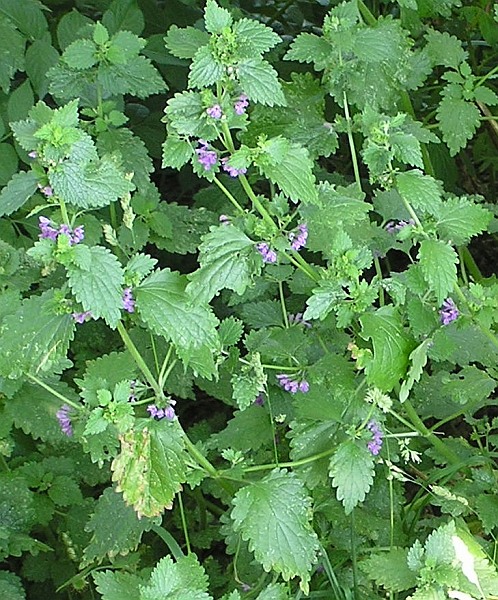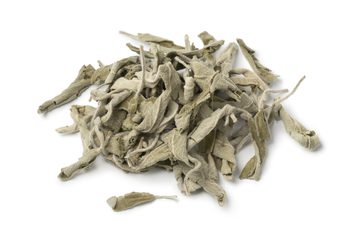- Nervous dyspepsia and vomiting of pregnancy, use with
Filipendula
and/or
Matricaria chamomilla- Chamomile
- False labour pains, use with
Motherwort.
[1] British Herbal Pharmacopoeia 1983 Published by the British Herbal Medicine
Association ISBN 0 903032 07 4.
[2] Herbal Materia Medica Course Notes For Diploma of Naturopathy and Diploma
of Herbalism Students by Lydia Mottram.
[3] Mediherb- A herbal extract company based in Warwick Qld. 4370 Australia
www.mediherb.com
[4] The Chinese Materia Medica A practical English - Chinese Library of Traditional
Chinese Medicine Publishing House of Shanghai University of Traditional Chinese
Medicine. Director Hu Ximing ISBN 7-81010-111-X/R-110
[5] Potter's New Cyclopaedia of Botanical Drugs and Preparations R.C. Wren
Revised by Elizabeth M. Williamson and Fred J Evans. First published in Great
Britain in 1988 and reprinted in 1989 and 1994 by the C. W. Daniel Company Limited.
1 Church Path, Saffron Walden Essex. Published 1988 Printed and bound by Biddles,
Guildford ISBN 085207 1973.
Images
1.
en.wikipedia.org
by Michael Becker CC BY-SA 3.
2.
healthyeating.sfgate.com Ballota
nigra. Marrubium nigrum
Black horehound Family: Labiatae
Ballota
nigra. Marrubium nigrum
Black horehound Family: Labiatae
